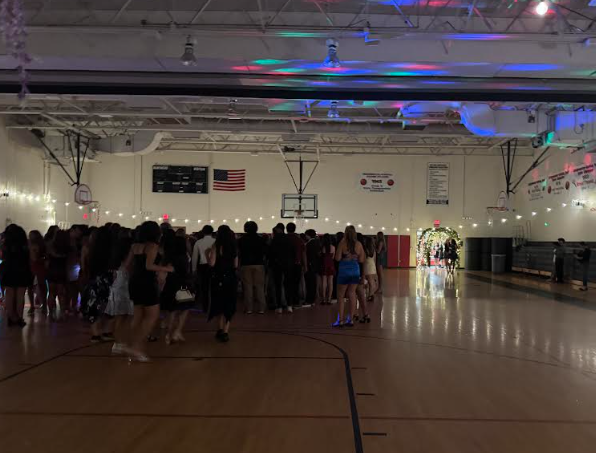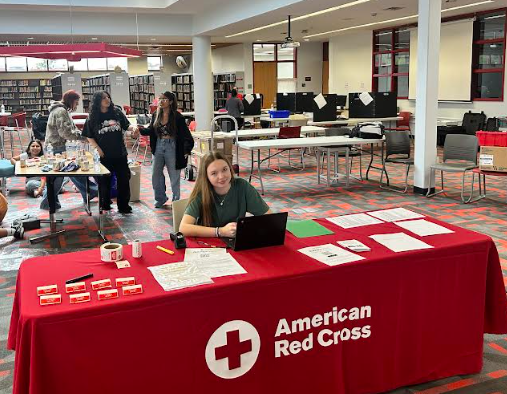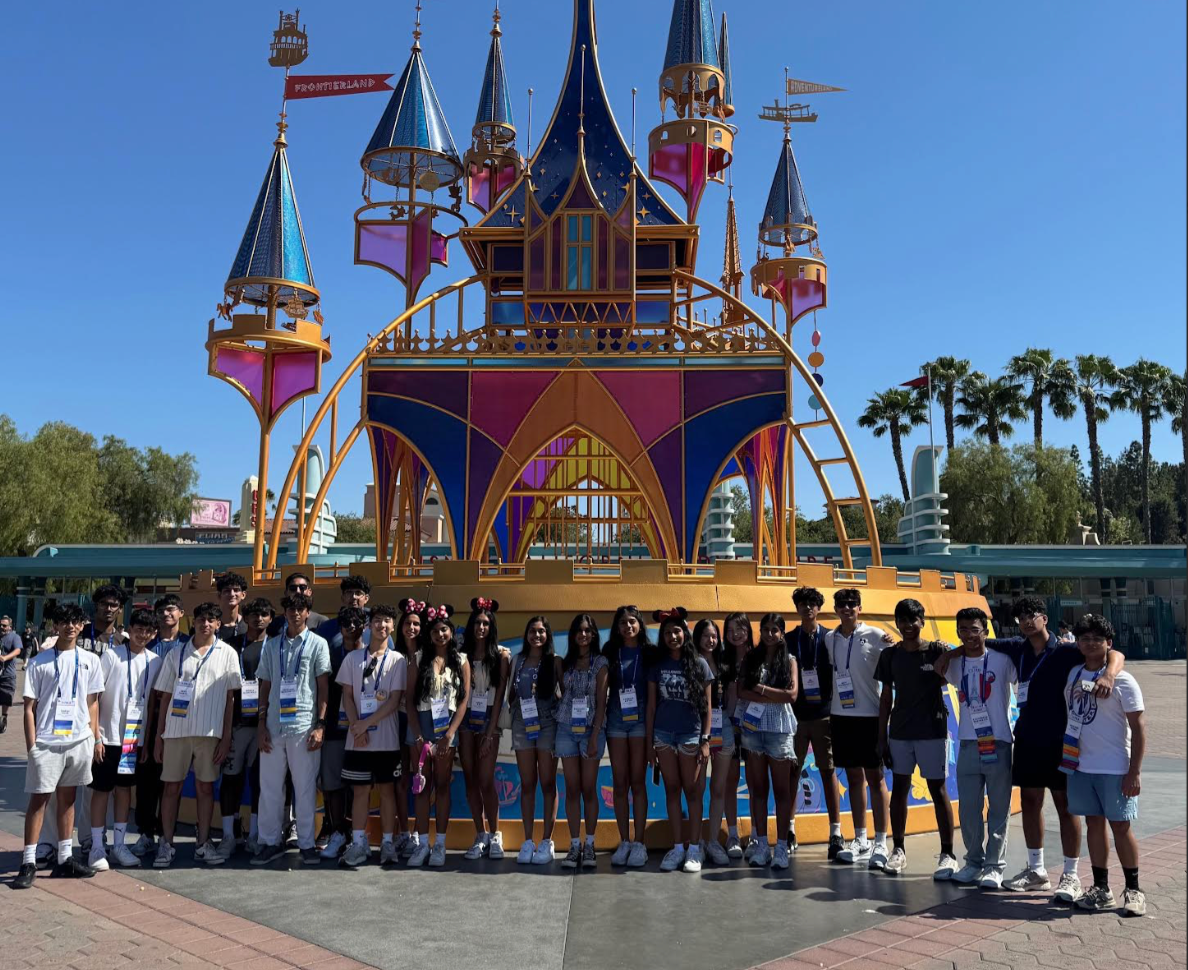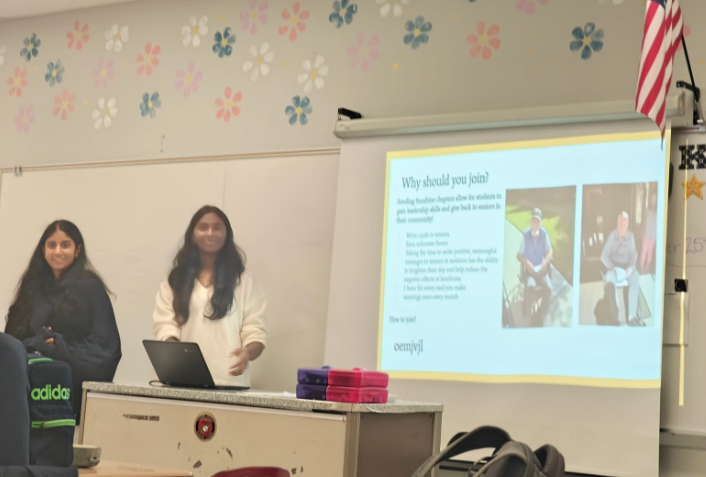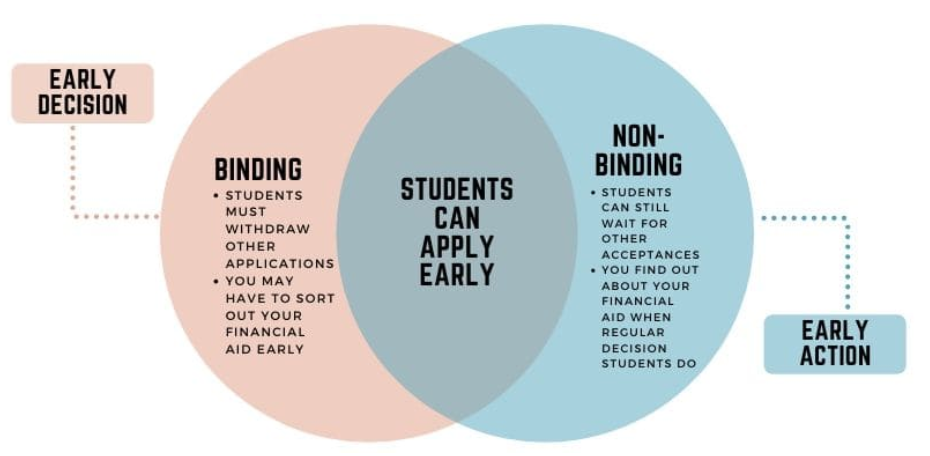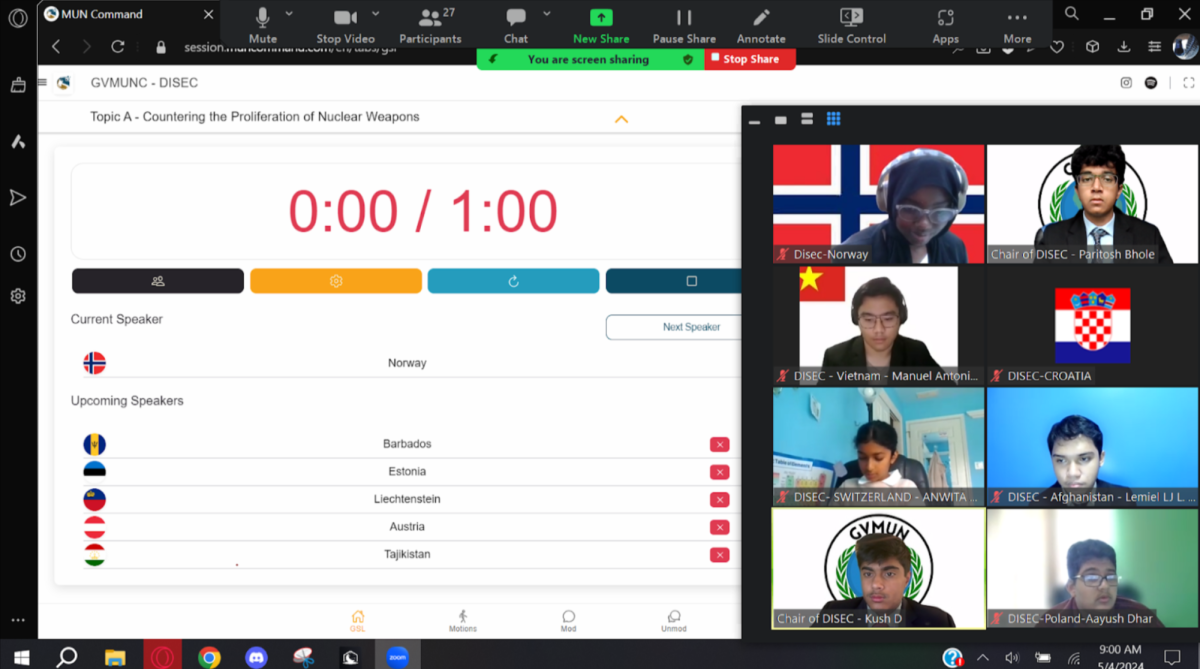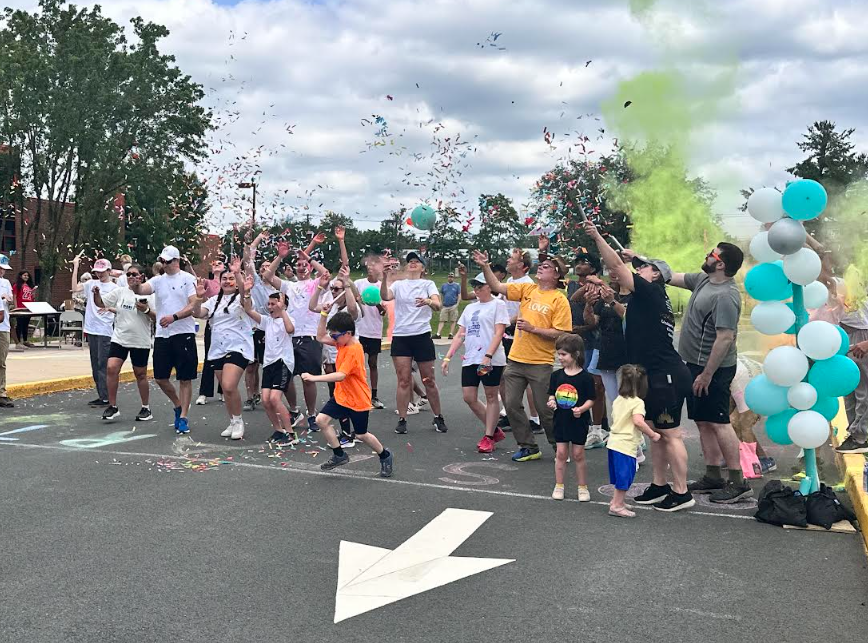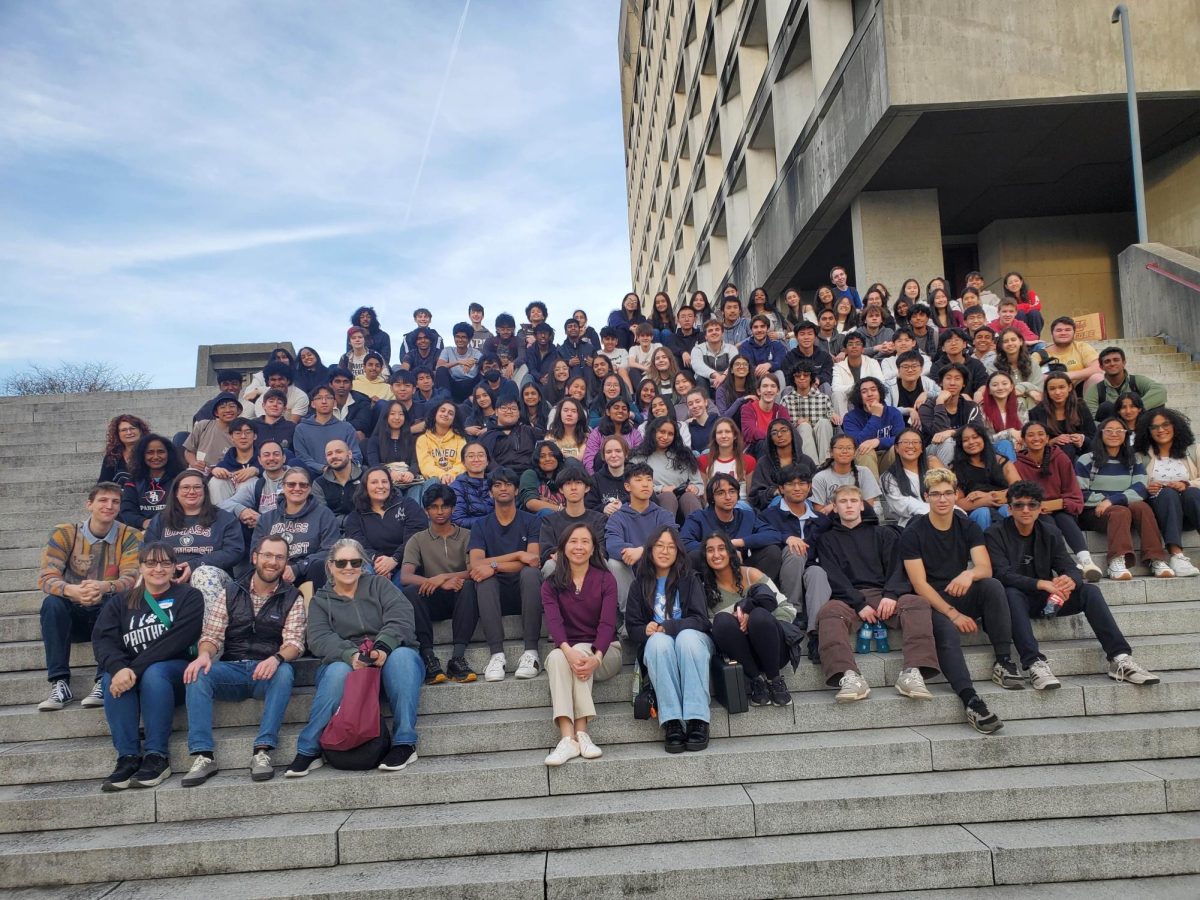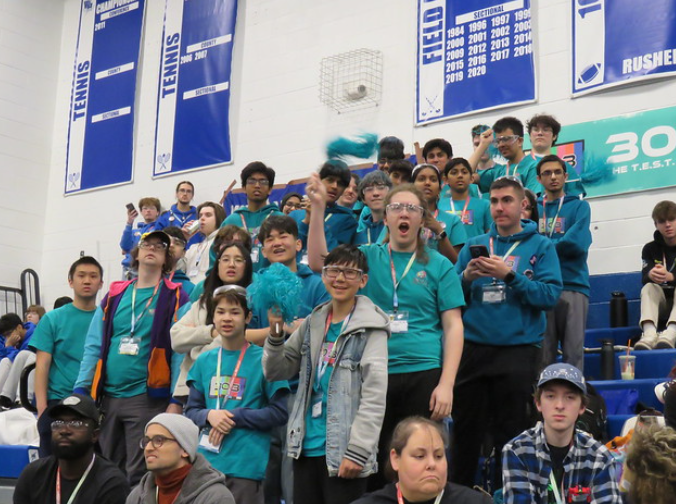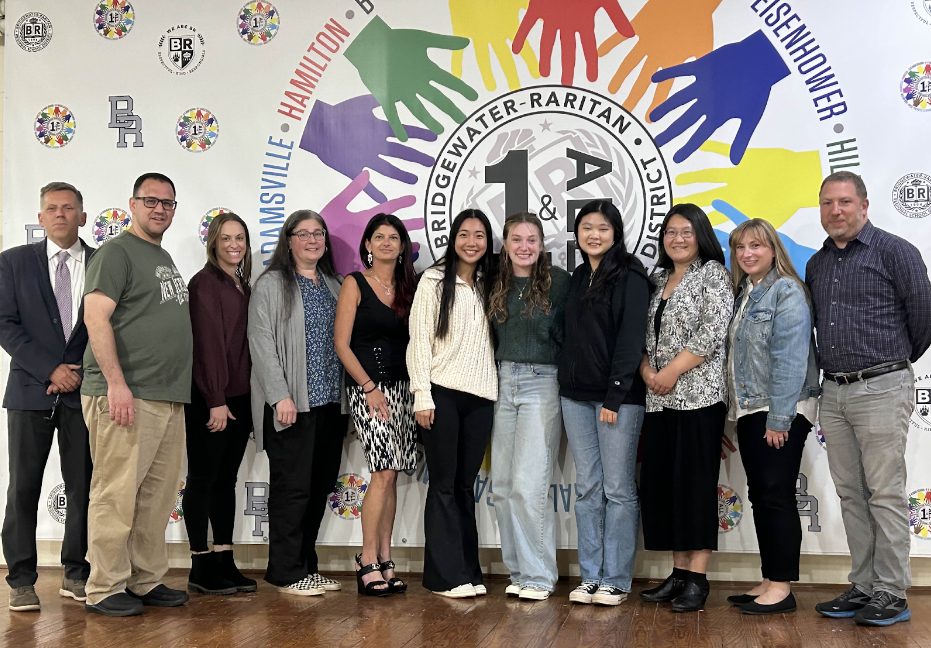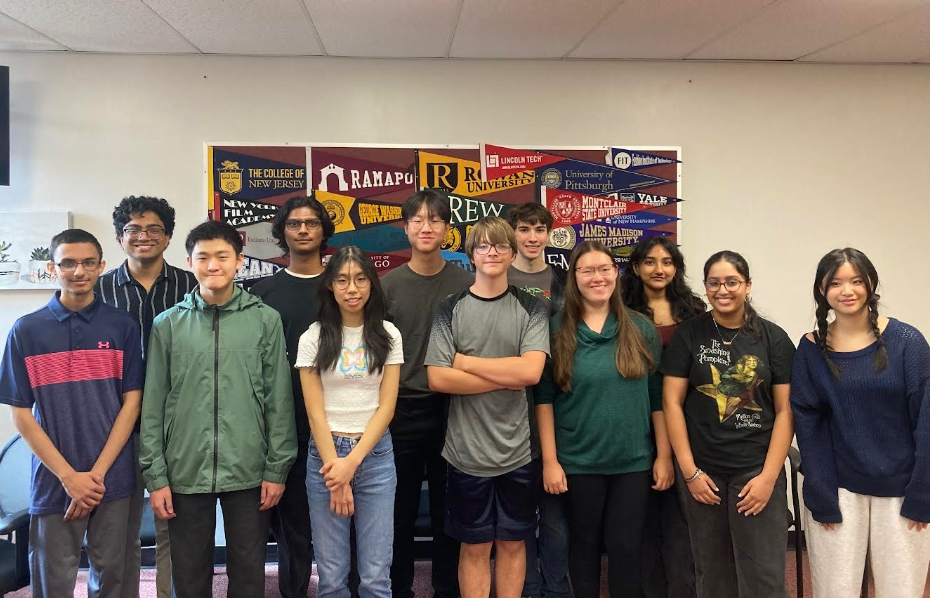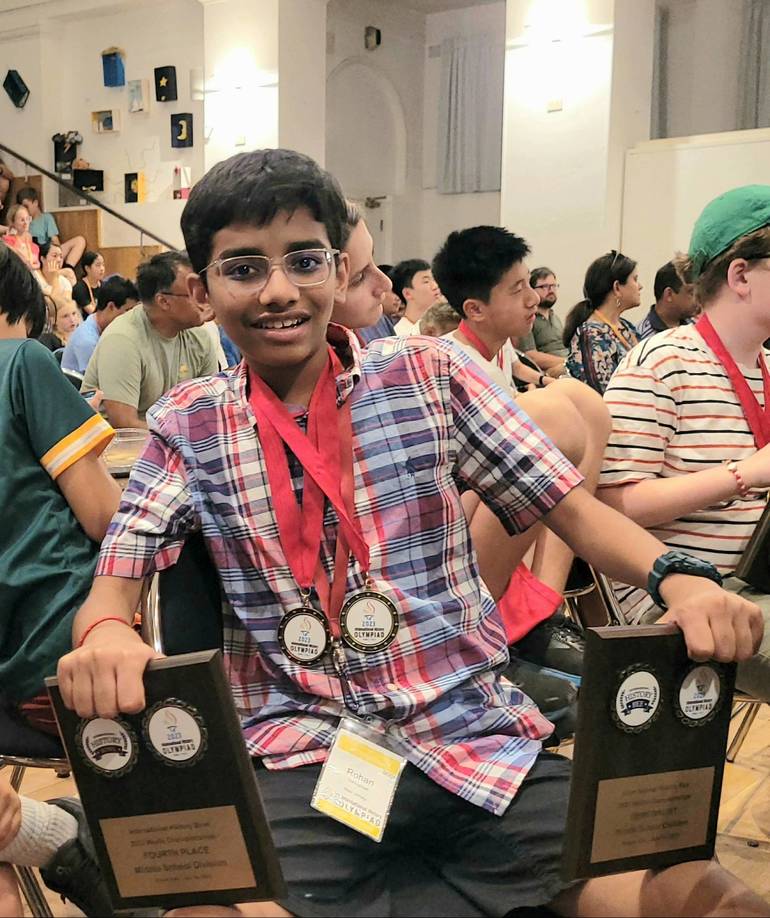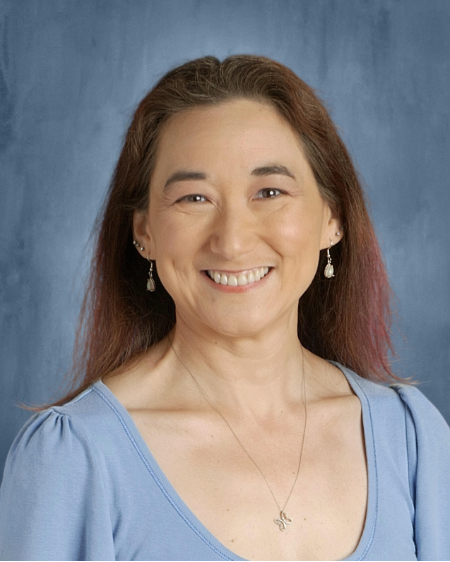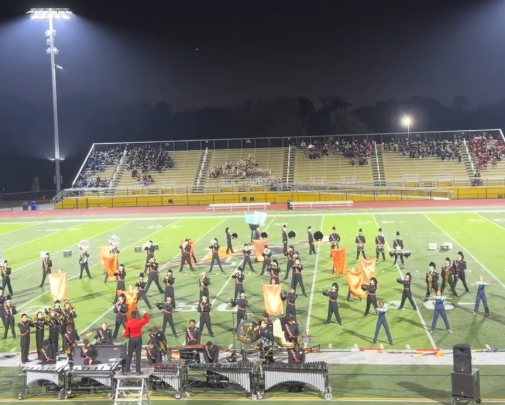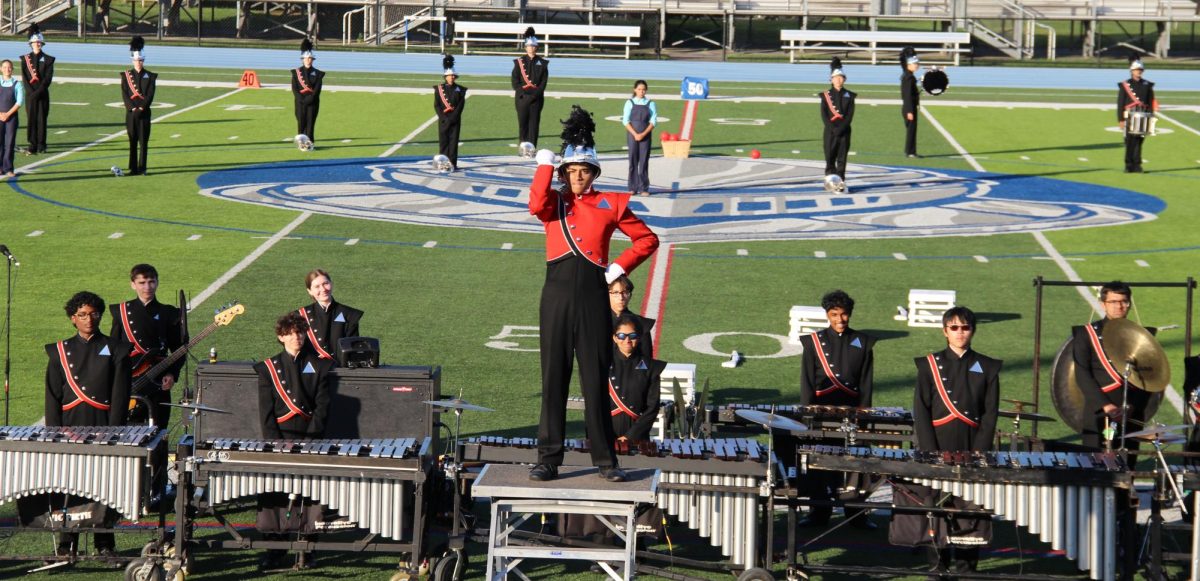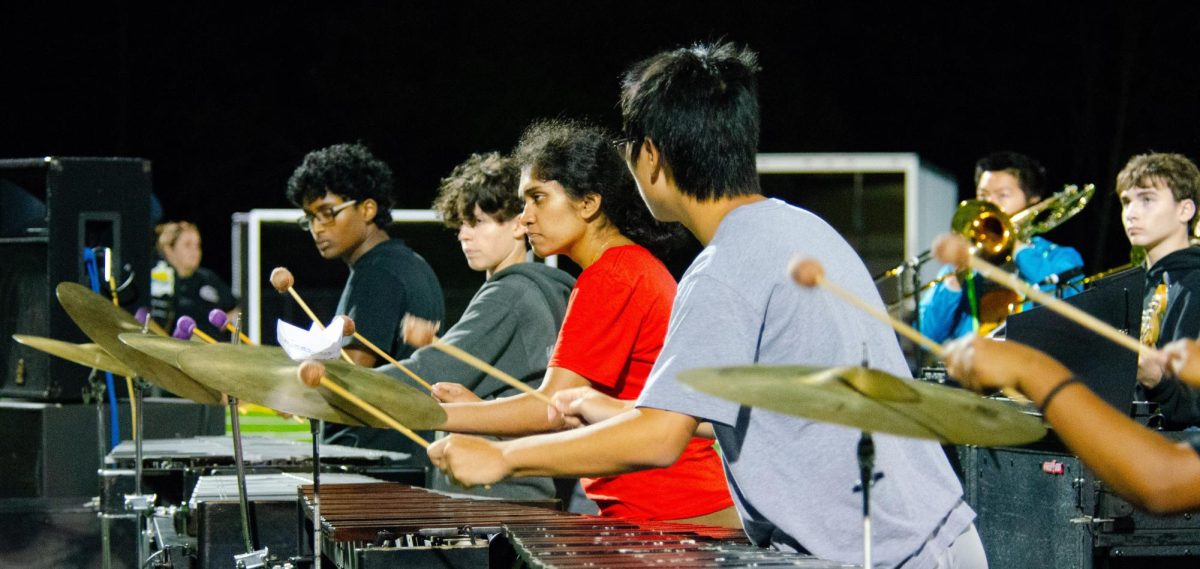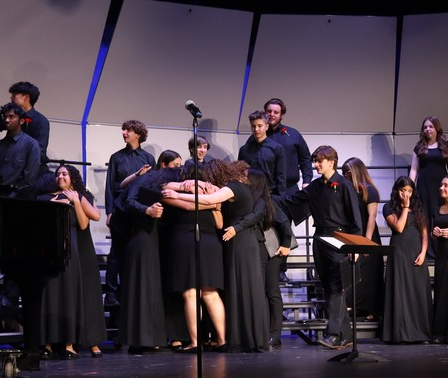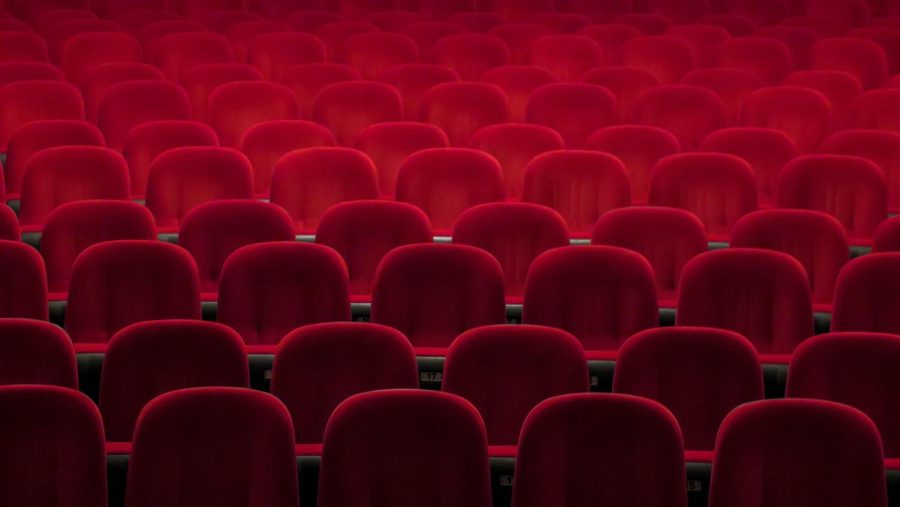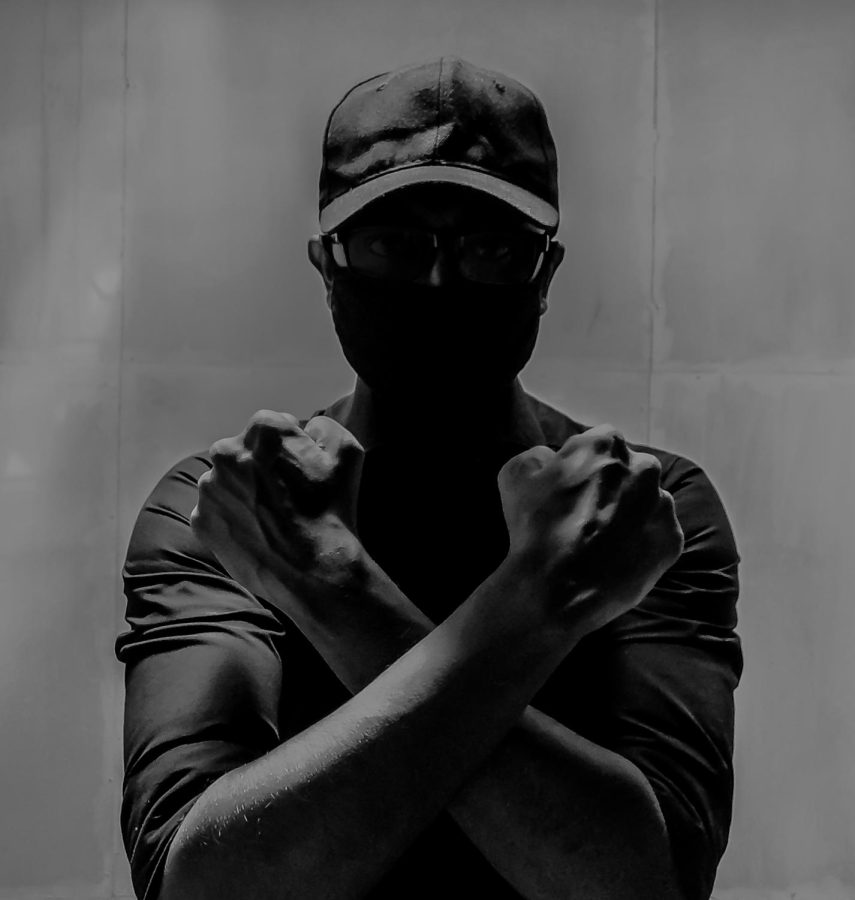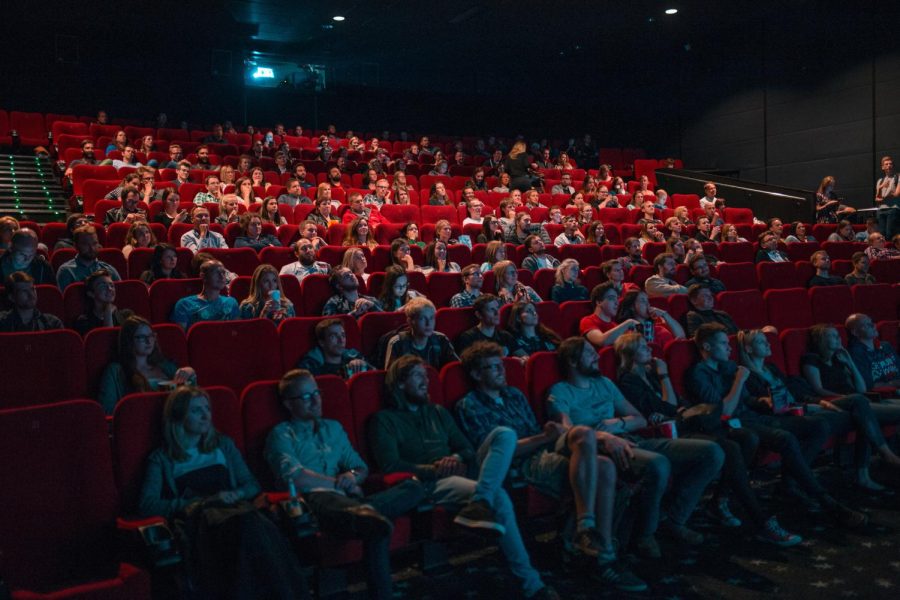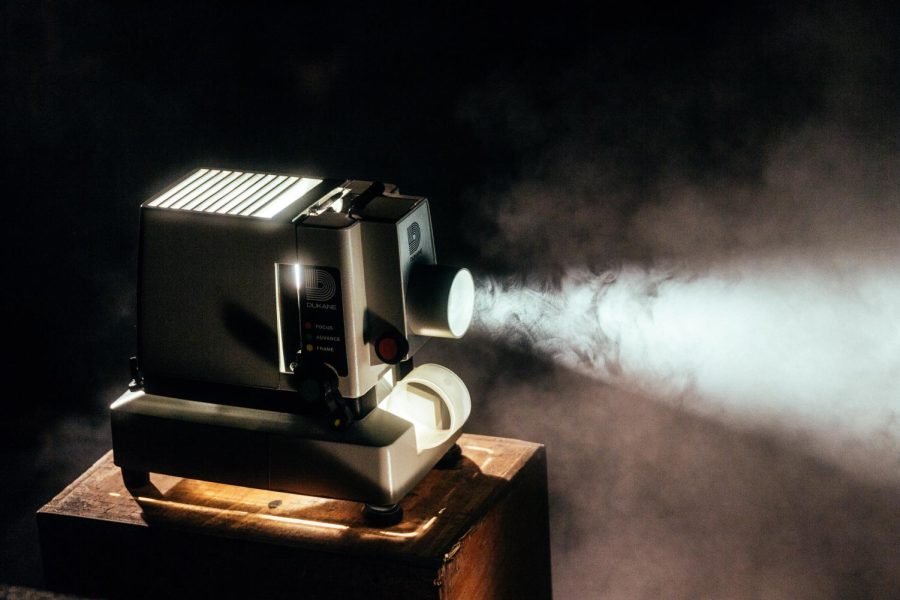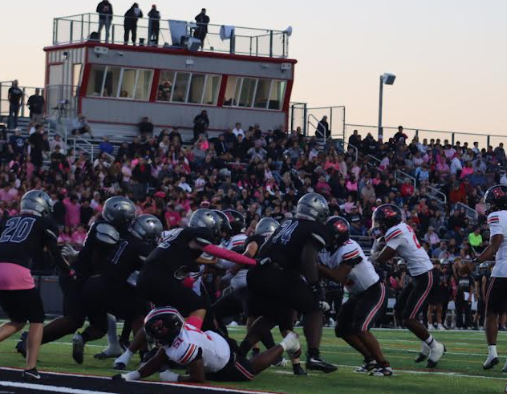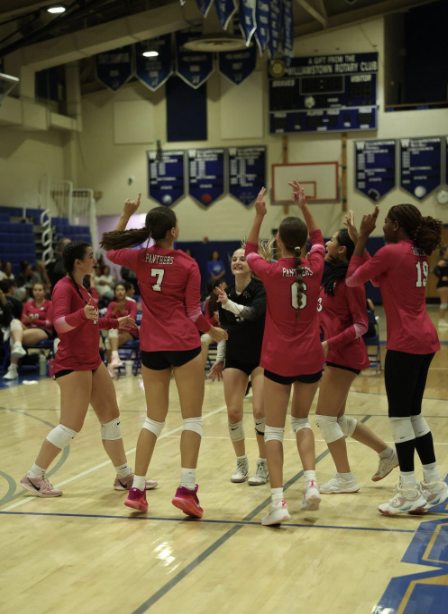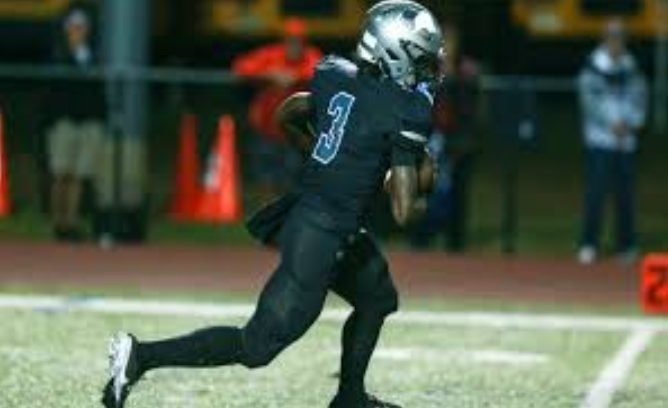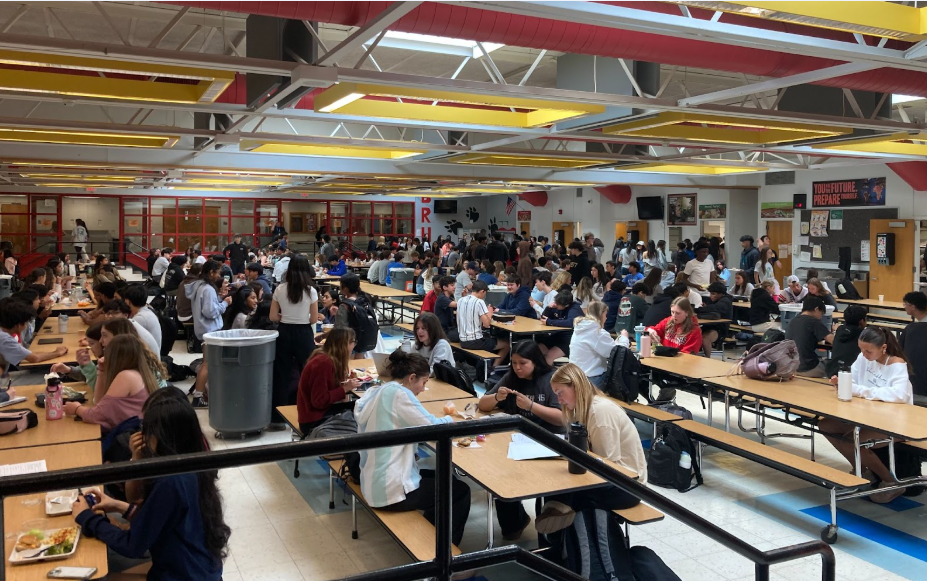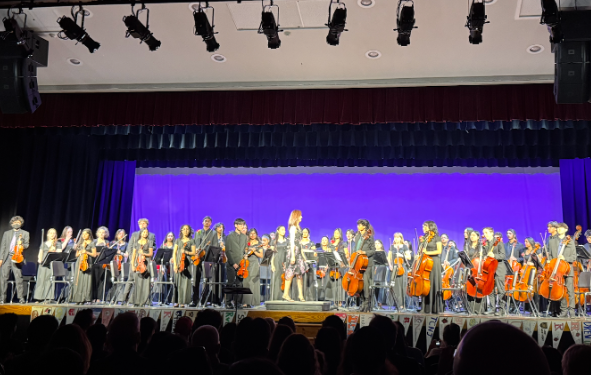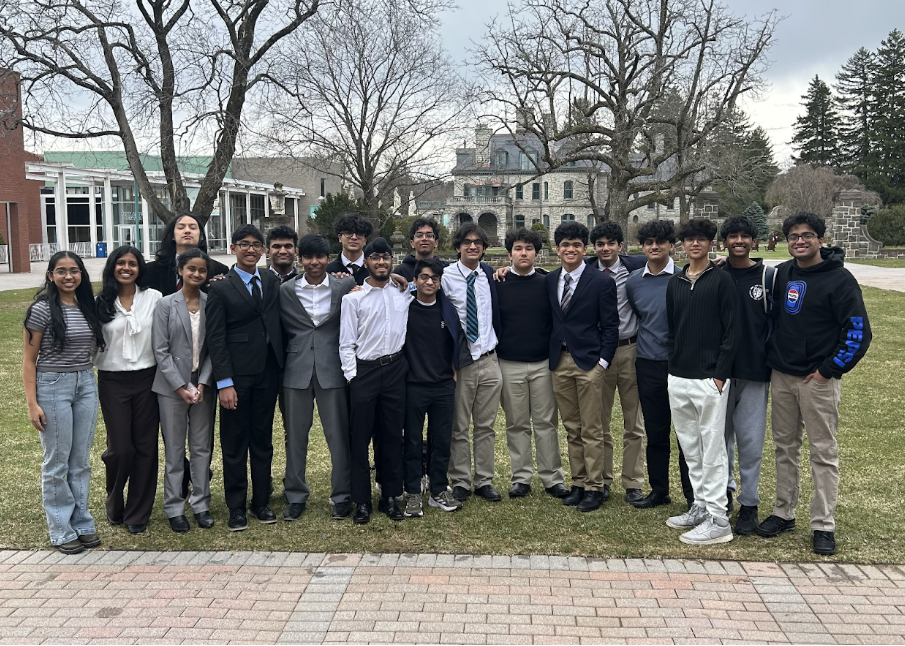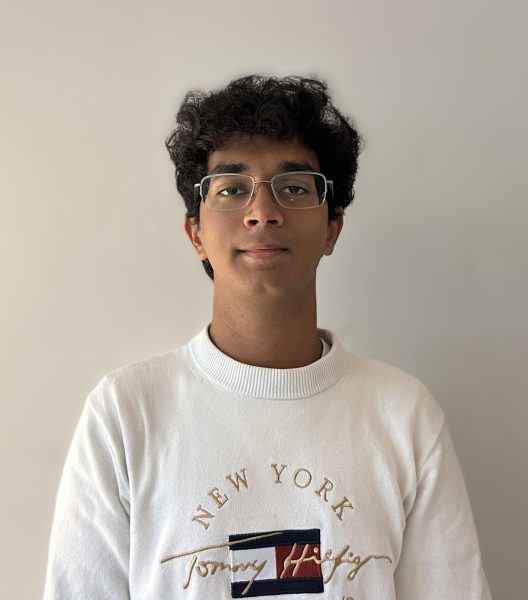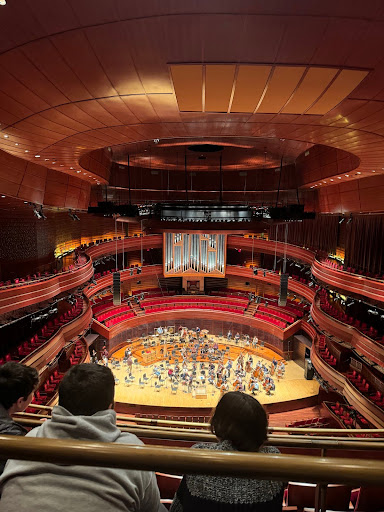
Members of all three school orchestras at Bridgewater-Raritan High School visited the Kimmel Center in Philadelphia on January 18 to watch the Philadelphia Orchestra rehearse.
Students, attending the event during the school day, were able to see how a professional orchestra looked; from the intricacies of each section to how the conductor unified the group, students learned a lot.
The event was held in the Kimmel Cultural Center for Performing Arts, where the Philadelphia Orchestra is based. The ensemble is well-renowned as being one of the most famous orchestras in the United States, but they also perform concerts in international locations.
The Bridgewater-Raritan High School students went to the center to watch a rehearsal, a session where the orchestra practices and runs through their songs in order to perfect them for professional performances.
Leaving on four charter buses at 8:30 a.m., one for each grade, the orchestra students spent the majority of the school day in Philadelphia. The rehearsal began at approximately 10:30 a.m., where the educational director for the orchestra briefly welcomed the schools that attended the event. The conductor of the orchestra, Yannick Nézet-Séguin, took the stage to lead the ensemble.
The first piece performed was George Gershwin’s “Rhapsody in Blue,” which was composed and first premiered in 1924 in a New York concert hall. Gershwin was recognized to be a composer who would experiment with the possibilities of music and provide his audience with something new.
At the concert hall premiere, a jazz band accompanied the orchestra in its performance, coordinated by Ferde Grofé. Its role in the music was so influential that it became a keystone element for every performance of the song.
The Philadelphia Orchestra was joined by Marcus Roberts, a heavily accomplished pianist; Martin Jaffe, a renowned double bass musician; and Jason Marsalis, a jazz drummer for “Rhapsody in Blue.”
Sophomore clarinet player Ronak Hunashimarad, who is a part of BRHS’s Symphony Orchestra, cherished this performance “because of the clarinet and piano soloists, who displayed impeccable emotion in their playing.”
Next, the orchestra prepared to rehearse Kurt Weill’s “Symphony No. 2.” Composed in 1933, the piece experienced a complex history as Weill had to flee from Germany, which was being seized by the Nazis, to Paris, France all while composing this song.
Eventually becoming an American citizen, Weill was able to have his second symphony first performed in Amsterdam during October of 1934, conducted by Bruno Walter. The Philadelphia Orchestra completed a run-through of the piece,
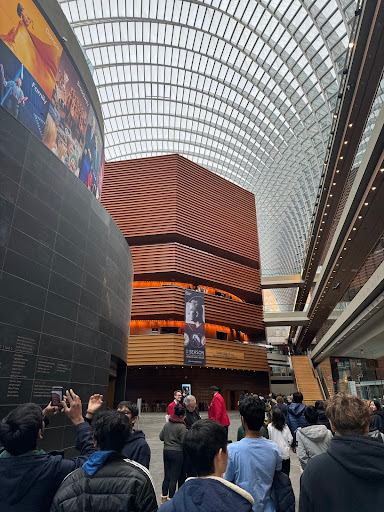
representing the blend of genres such as Neoclassicism and Romanticism intended by Weill in his composition.
Nézet-Séguin, the conductor, went back to certain parts of the song to perfect them with the group, a process that is common to any orchestra’s rehearsals.
Lastly, the orchestra performed Igor Stravinsky’s “Petrushka,” a ballet piece that came between two of his more popular works, “Firebird” and “Rite of Spring.” The piece is titled after a comic figure common in festivals belonging to older parts of European culture, symbolizing roughness and ferocity.
In order to refresh his style, Stravinsky emphasized a piano part in the song, attempting to tell the story of a puppet with lifelike qualities. The Philadelphia Orchestra’s Kiyoko Takeuti took the role of the pianist while communicating through musical notes with the rest of the ensemble. After a run-through of the piece, Nézet-Séguin continued to build upon certain sections and balance the sound of the symphony.
The event concluded with the third piece, Stravinsky’s “Petrushka” and the orchestra students left the auditorium to return to the buses, where they would have their lunch on the drive back to Bridgewater-Raritan High School.
Expanding their knowledge on musical performance, the students were able to see how the highest level of musicianship rehearses.
“It was interesting to see how their rehearsal process was different from ours and the rehearsal was truly just putting together parts that were already practiced individually,” Hunashimarad said.
Connections could be drawn to the students’ own rehearsals at BRHS and some of the techniques used by the Philadelphia Orchestra.

